.png)

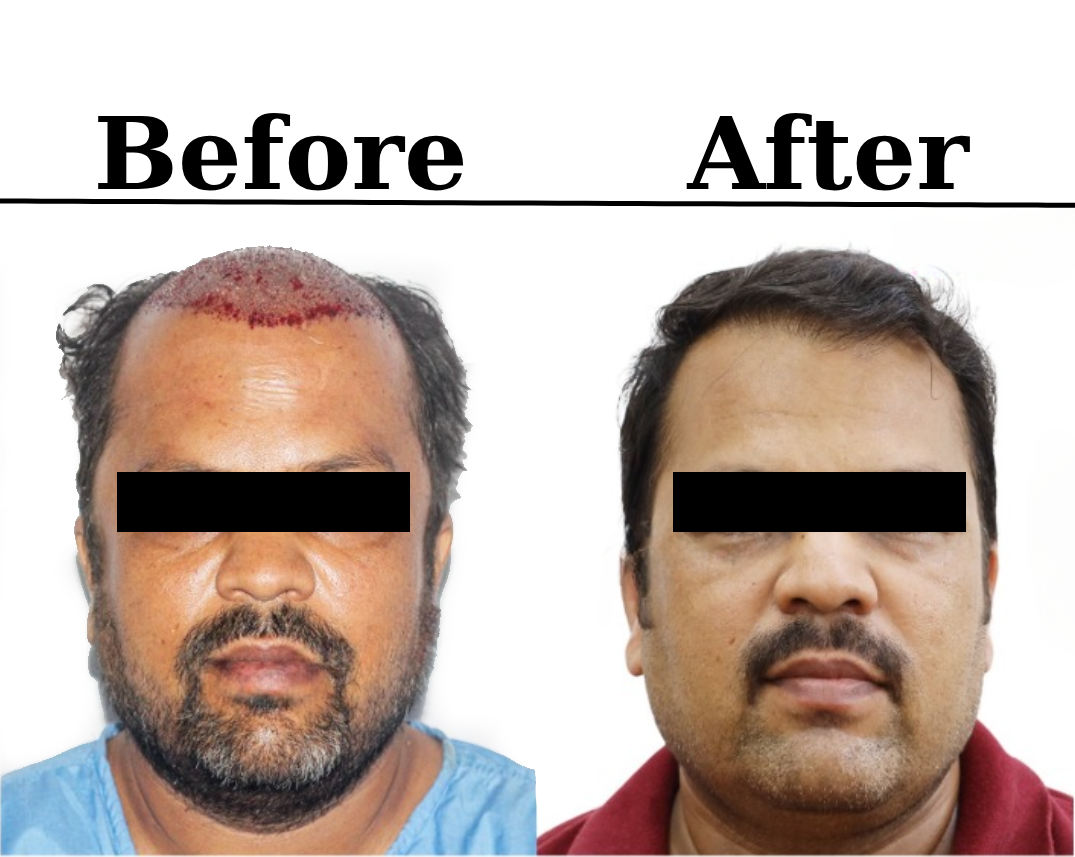

 (1).png)
 .png)
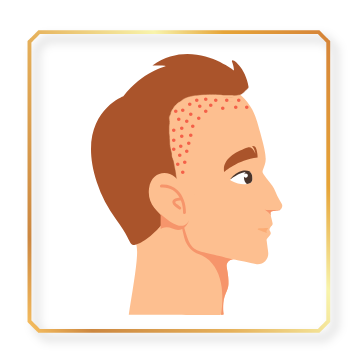
.png)
Aesthetics and Plastic Surgeon

Kaushal
Recommends
My hair transplant at mediEND Health Care was a resounding success! The doctors and staff were supportive, and they ensured that the procedure went smoothly. My new hairline looks completely natural!
Mahek Tomar
Recommends
Choosing mediEND Health Care for my hair transplant was the best decision. The doctors were professional and caring, listening to my concerns and offering personalized solutions. The surgery was seamless, and the post-operative care was outstanding.
Sachin Kumar
Recommends
mediEND Health Carehair transplant was a game-changer for me. The team's attention to detail and the post-surgery care were commendable. I can't thank Mediend Health Care enough for giving me back my hair!
Sudhir Patwari
Recommends
My experience with Mediend Health Care for hair transplant surgery was beyond my expectations. The doctors were experienced and took the time to understand my needs. They walked me through the entire procedure, making me feel at ease. The surgery was painless, and the post-operative care was top-notch. Mediend Health Care team monitored my progress diligently and provided excellent follow-up support. Thanks to their expertise, my hair has regained its volume and thickness. Mediend Health Care truly delivers exceptional care and results for a hair transplant.
Murali
Recommends
Doctor sneha sood is very good n friendly ..had a great responce from doctor ...thanks to sneha sood doctor for treating good ...lots of thanks to sonu sood doctor ❤️
Pankaj Sharma
Recommends
Mediend Health Care made my hair transplant journey smooth and successful. The doctors were friendly and knowledgeable, discussing the procedure in detail and addressing all my concerns. The surgery was comfortable, and the care provided post-surgery was commendable. Mediend Health Care team kept a close eye on my recovery and offered valuable advice for better results. I am delighted with the outcome, and my confidence has been restored. Mediend Health Care dedication to patient care and their skilled approach to hair transplant make them the best in the field.
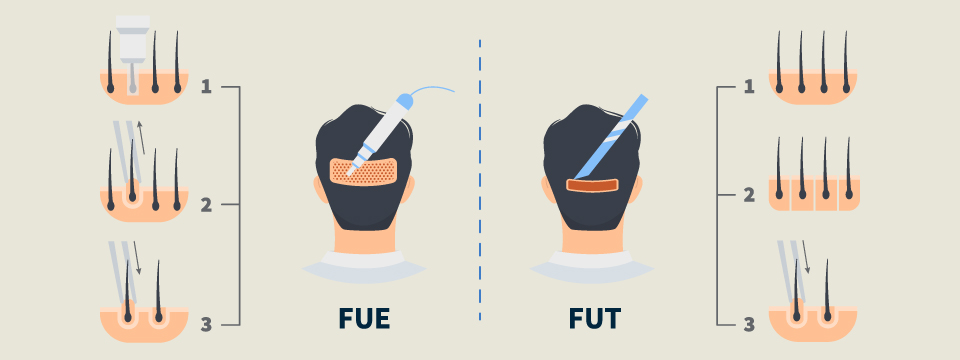
Three of the most commonly used hair transplant techniques are explained below:
Each of these hair transplant techniques has its advantages and considerations. The choice of technique depends on various factors, including the patient’s specific needs, the extent of hair loss, the quality and quantity of the donor hair, and the surgeon’s expertise.

Typically, imaging tests are not required before hair transplant surgery. However, the doctor evaluates the patient’s overall health, including hair health, beforehand to ensure the surgery is safe and can provide the expected results. The key aspects of the diagnostic process include the following:
During the initial consultations, the hair transplant specialist will discuss the patient’s expectations, desired outcomes, and realistic goals. Based on them, the ideal technique and the number of hair grafts required are determined.

A hair transplant is highly beneficial for men and women who are experiencing hair loss. Some key benefits include the following:
It should be noted that the results of the hair transplant will vary for each individual based on the extent of hair loss, the quality of donor hair, and the selected hair transplantation technique.
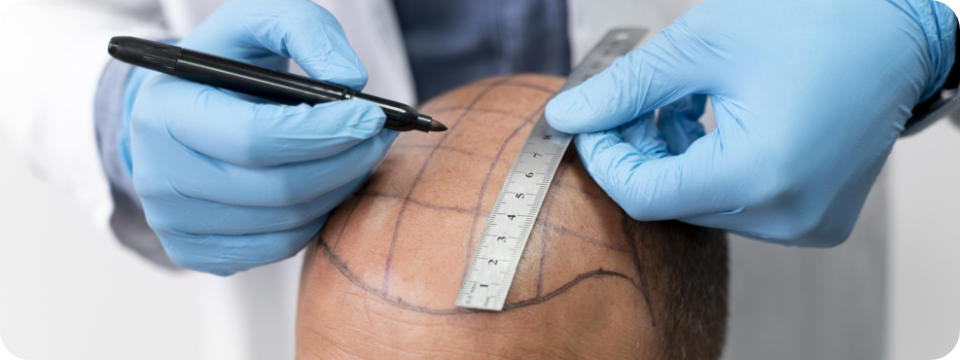
During the consultations, the surgeon is likely to give you a set of instructions that needs to be followed before the hair transplant procedure. These may include, but are not restricted to the following:
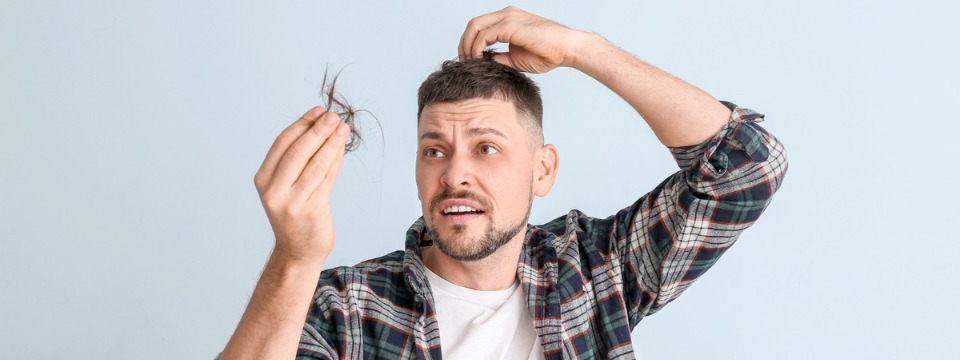
Though hair transplant surgery is generally considered safe and effective, like any other procedure, there can be potential side effects and complications.
The common hair transplant side effects include the following:
These side effects are short-term and often resolve as the scalp heals over time. Besides these, some serious complications may also occur after surgery that may require prompt medical attention. These hair transplant complications include the following:
If any complications arise, the patient should contact the surgeon right away and seek proper help.
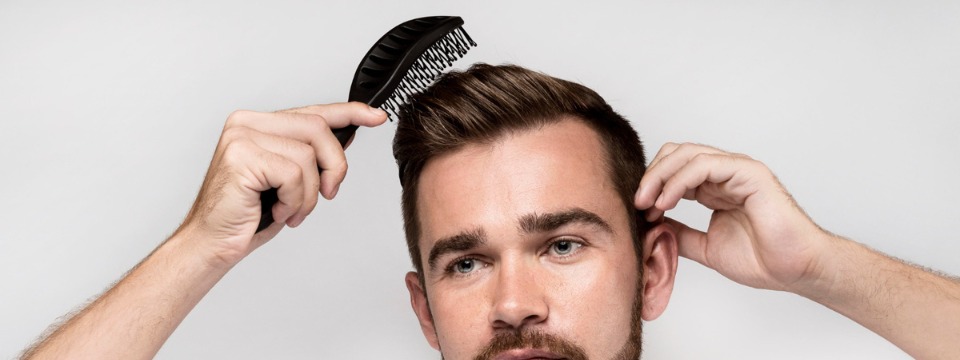
After getting a hair transplant, the individual needs to be very patient to get the desired results. Typically, the results and hair growth timeline vary for each patient depending on the extent of the treatment. The general timeline and intermediate results are as below:
It can take up to a year or more to see the full results of a hair transplant. By this time, most of the transplanted hair should have grown and matured, providing improved density and coverage in the recipient area. However, individual experiences may vary, and some individuals may continue to see improvements after a year.
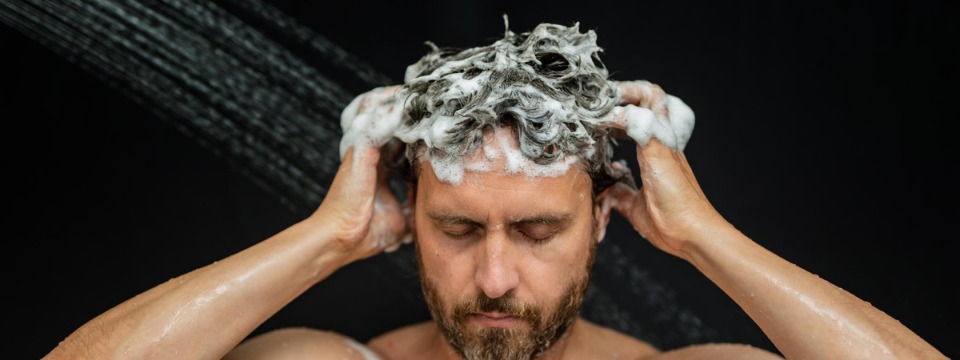
The complete recovery after hair transplant surgery is likely to take around 9 to 12 months. In the first month, the patient will recover from the surgery itself, but the hair growth will take longer to become apparent. Throughout the recovery period, the patient will have to take extensive precautions for hair care to get the desired results.
Here are some common hair transplant aftercare tips that the patient needs to follow:
The recovery duration and experience of each patient will be different. The doctor will provide appropriate guidance and support throughout the recovery phase to address any concerns and optimize the results of hair transplant treatment.

In India, the cost of a hair transplantcan range from approximately Rs. 40,000 to Rs. 80,000 or more. The exact cost is calculated based on a variety of factors, including:
All these factors will impact the cost of treatment significantly. However, cost alone shouldn’t be the determining factor when getting hair transplant treatment. It’s important to consider the quality of care at the hospital/clinic and the experience and expertise of the hair transplant surgeon and prioritize these factors while making the decision.
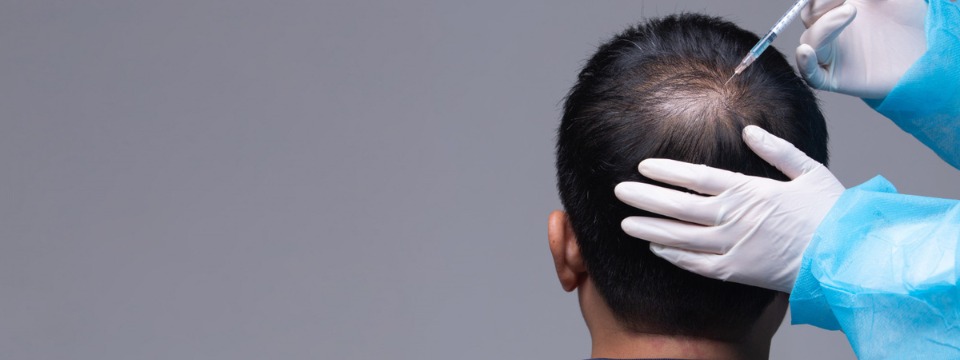
Though hair transplant surgery is the most effective option for hair restoration, there are other non-surgical hair transplant alternatives that can address hair loss and thinning problems to a certain extent. These methods include:
FDA has approved several medications, such as minoxidil (Rogaine) and finasteride (Propecia), for hair fall treatment. Minoxidil is a topical medicine that is applied directly to the scalp, and it helps to prolong the life cycle of each hair strand. Unlike this, finasteride is an oral medicine that reduces the production of DHT (the hormone responsible for hair loss). Both these medicines provide effective results but require regular use under medical supervision. Taking these medicines over-the-counter (without a doctor’s prescription) is not recommended.
It is a non-invasive treatment that uses red light emitted by a laser machine to stimulate hair growth. The light increases the blood flow to the hair follicles and promotes cellular activity. It can be done at home or in a clinical setting using more advanced devices. Similarly to medicines, laser therapy requires regular and consistent use to address hair loss.
PRP therapy has become a very commonly used non-surgical method to treat hair fall problems. It involves extracting a sample of the patient’s blood, processing it to produce platelet-rich plasma, and injecting the plasma into the scalp. The plasma solution contains growth factors that promote hair growth and improve hair quality, density, and thickness. It requires multiple sessions to provide visible results.
This method is an advanced form of PRP therapy suitable for people whose hair fall is triggered due to hormonal imbalance. It involves extracting the blood similarly to PRP, activating the platelets, and separating the growth factors individually. Then the growth factors are injected into the scalp superficially using microinjections.
This technique involves using specialized pigments to create a camouflage of short and buzzed hairs. It is more like a visual enhancement technique that only gives the impression of a fuller head of hair.
Hair fibers or concealers are cosmetic products that can temporarily camouflage thinning hair by attaching to existing hair strands and creating the illusion of fuller hair. These products are available in various shades and can be applied directly to the scalp.
These non-surgical hair transplant alternatives are effective only to a certain extent and likely require repetition to maintain the results.
Yes, hair transplants give a more effective result than any other over-the-counter hair restoration products. If performed by skilled plastic surgeons, about 80-85 percent of transplanted hair may fully grow back.
The results of a hair transplant are considered permanent because you cannot undo them once the grafts are implanted. However, the look after the hair transplant may change with the due course of time.
Hair transplant surgery is considered to be a safe cosmetic treatment, but it should be performed by a trained and qualified board-certified plastic surgeon. However, the outcome of the treatment may differ from one individual to another depending on his physical reactions and healing abilities. In some cases, the individual may witness a minor infection on the scalp, which is likely to go away with time and medication.
Hair transplant surgery is considered to be a safe cosmetic treatment, but it should be performed by a trained and qualified board-certified plastic surgeon. However, the outcome of the treatment may differ from one individual to another depending on his physical reactions and healing abilities. In some cases, the individual may witness a minor infection on the scalp, which is likely to go away with time and medication.
There might be minimal scarring in both FUT and FUE hair transplantation techniques. The scarring will not have any effect on the surgery outcome and will most likely fade out with time and medicine. And once the hair begins to grow, the scarring will not even be visible.
You can expect a hair transplant to take anywhere between 4-8 hours to complete. In case you need to transplant a large amount of hair, you may require to return to the clinic or hospital the next day and resume the process
Since the scalp remains very soft after the hair transplant surgery and is prone to infection, the doctor advises the patient to remain indoors for at least 7-10 days. Anyone with a heavy-duty job who has undergone a hair transplant surgery should take at least 2 weeks time before resuming work. The doctor will share the recovery period and recovery tips for your hair transplant surgery.
Hair transplant surgeries can be carried out on any individual who is above 18 years of age. The treatment does not include any major risks or complications for most people. But, most medical practitioners suggest that one should wait until 25 years of age before undergoing the treatment. This is because most hair loss patterns cannot be fully determined until that age.
As long as you have enough hair grafts at the donor site to facilitate the treatment and your plastic surgeon does not see anything wrong with your scalp health, you can undergo at least 2-3 hair transplants. Most plastic surgeons strongly discourage more than 3 hair transplants.
Yes, although the percentage is very small, women candidates do undergo hair transplant surgeries. Women who suffer from traction alopecia may undergo the treatment.
You can wash your hair the very next day after the surgery. You just need to be gentle with the scalp and not use any harsh chemical shampoo.
It is important for patients to wear a hat or a cap after hair transplant surgery to protect the implanted grafts. Wearing safe head gear also protects the scalp from the sun, dust, and other pollutants.
It depends on the amount of area that needs transplantation and the number of sessions. The larger the bald patch, the higher the cost. The more the number of sessions, the higher the cost.
It depends on the amount of area that needs transplantation and the number of sessions. The larger the bald patch, the higher the cost. The more the number of sessions, the higher the cost.

Rishabh (name changed, 33 years) has been suffering from unexplained hair loss for the last 4 years. He tried home remedies, homeopathic medicines and all other treatments. When one shampoo failed, he switched to another. He tried all kinds of hair oils hoping to see some changes in hair loss, but nothing worked. Gradually, Rishabh started feeling uncomfortable with his looks and appearance. His friends started calling him names to tease which came as a blow to his self-confidence.
It was then that Rishabh decided to approach Dr. Sharad Mishra, from Delhi NCR for hair transplantation. Upon consultation with the doctor, it was found that Rishabh’s hair loss was the result of environmental factors and an ill lifestyle. Dr. Sahil
consulted him for his condition, explained the treatment to Rishabh properly and told him why the surgery could be the best treatment for him.
Rishabh underwent in January 2022. He visited the doctor for a follow-up in June 2022. The doctor affirmed that he is recovering well and there has been a positive outcome with the implanted grafts.
“I have seen a good change, both just in my looks but also in my outlook. I feel so much more confident now. Thanks to Dr. Mishra, and his amazingly trained and professional team. Thanks to mediEND Health Care.”